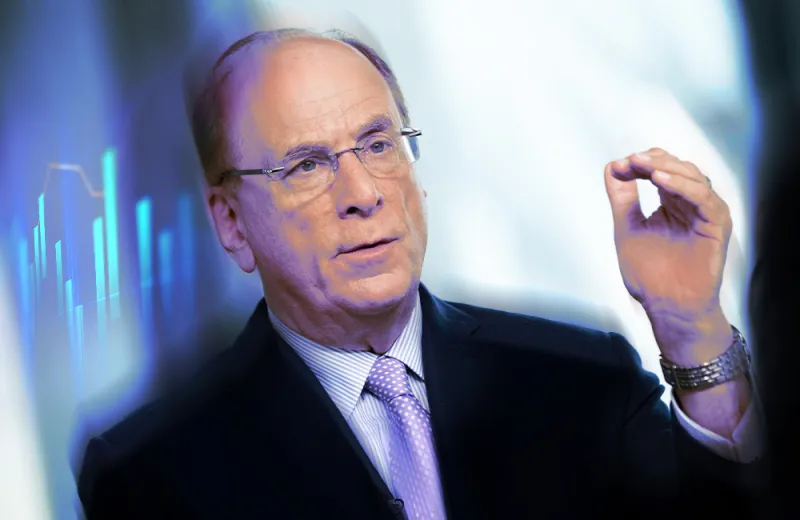In his annual letter last year, BlackRock chairman and CEO Larry Fink covered a wide range of topics. Among them, he reminded investors that the world’s largest asset manager (which was facing the brunt of the politicized debate over ESG investing) intended to continue doing what it had been: fulfilling its ”fiduciary duty... to serve each and every client by seeking the best risk-adjusted returns within the investment guidelines they set for us.”
Fink’s 2024 letter released Tuesday was decidedly different. This year, the chairman focused on the retirement crisis — the fact that many people have not saved enough money to stop working later in life — and how to resolve it. But BlackRock cannot do that alone.
BlackRock has been a beneficiary of the money that has been saved for retirement. It has grown to more than $10 trillion in assets largely by helping individuals and institutions invest. More than half of BlackRock’s $10 trillion in assets are earmarked for retirement, according to the letter. As a result, BlackRock itself has done well. Since its initial public offering in 1999, BlackRock shares are up 9,097 percent compared to the S&P 500’s 487 percent.
But Fink’s latest letter was a pensive reminder that the global retirement crisis is too big for BlackRock or any one firm to solve. People are living longer and the social security system in the U.S. is strained. Fewer workers have defined benefit plans and, left to save for themselves, they aren’t putting enough money away.
“The demographics don’t lie,” Fink wrote, “and this unraveling is obviously a wonderful thing. We should want more people to live more years. But we can’t overlook the massive impact on the country’s retirement system.”
Workers are despairing when it comes to retirement — and they have reason to feel that way, according to Fink.
“It’s no wonder younger generations, Millennials, and Gen Z, are so economically anxious. They believe my generation — the Baby Boomers — have focused on their own financial well-being to the detriment of who comes next. And in the case of retirement, they’re right,” Fink wrote. “Today in America, the retirement message that the government and companies tell their workers is effectively: ‘You’re on your own.’ And before my generation fully disappears from positions of corporate and political leadership, we have an obligation to change that.”
Helping more people invest more of their money for years down the road, and helping them sell assets wisely to generate income, have to be initiatives that governments and companies collectively get behind, says Fink. In his letter, Fink likened the problem to the global financial crisis, which required decision makers to come together on solutions.
“Maybe once a decade, the U.S. faces a problem so big and urgent that government and corporate leaders stop business as usual. They step out of their silos and sit around the same table to find a solution. I participated in something like this after 2008, when the government needed to find a way to unwind the toxic assets from the mortgage crisis. More recently, tech CEOs and the federal government came together to address the fragility of America’s semiconductor supply chain,” Fink wrote. “We need to do something similar for the retirement crisis.”
Fink also highlighted another challenge that will require huge collective efforts: the world’s infrastructure. Longer lives and money to enjoy them don’t matter as much if the world isn’t a desirable one to live in.
The world needs a “massive amount” of new infrastructure as countries decarbonize and digitize their economies, according to Fink. Like the asset manager calling for more retirement investing, the take on infrastructure is unsurprising. In January, BlackRock acquired Global Infrastructure Partners, one of the world’s biggest investors in roads, airports, utilities and other projects.
“In my nearly 50 years in finance, I’ve never seen more demand for energy infrastructure. And that’s because many countries have twin aims: They want to transition to lower-carbon sources of power while also achieving energy security. The capital markets can help countries meet their energy goals, including decarbonization, in an affordable way,” Fink said.







